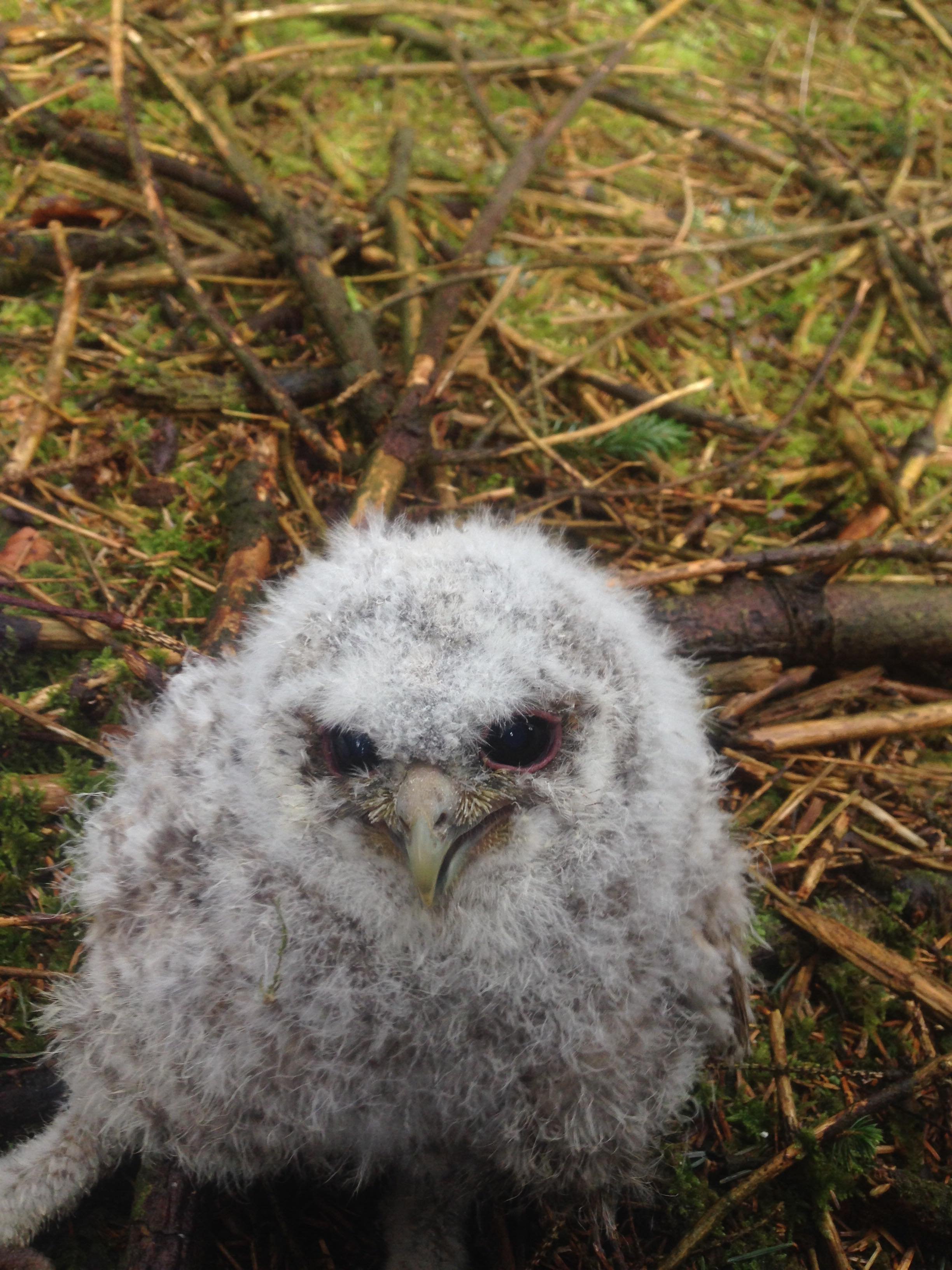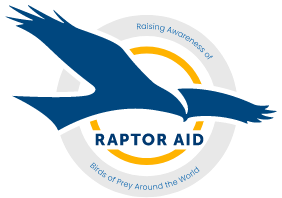Injured Birds - What to do?
What to do?
Finding an injured bird of prey is thankfully not something you would expect to do very often but its always good to be prepared. Follow the points below to help
Your safety is paramount. If you see an injured Bird of prey on a road, find somewhere safe to stop and contact either the Highways agency or police on 101 if it is not safe for you to help the bird.
If you are able to approach the bird on the floor to within touching distance it will either be a fledgling or an injured bird. Approach slowly and use a towel/jumper/coat to place over the bird (as you can imagine an injured bird will be defensive)
When you can pick the bird up, gently wrap it up in the towel or jacket and place it in a cardboard box. Keep the box in a quiet, dark place
Don’t try and treat or check the bird over or feed and provide water; this is the job of a trained vet. Stress is a big killer of an injured wild bird of prey, so leave it in a dark cardboard box.
We recommend a cardboard box as pet carriers and crates let in light and the bird can further damage feathers through gaps in the sides.
Take the bird to a reputable rescue centre or vets. Please check out Help Wildlife page for your nearest rescue.
If there is nowhere local take it to a vet. Not all vets have the expertise, but despite some vets saying over the phone they can’t take in wild animals, they all actually have a duty of care if brought an injured wild animal.
BEWARE some rescue centres are not all they seem, we have seen so many rescue centres with poor standards and very little expertise when it comes to rescuing wild animals.
Finding Owl Chicks
Every year, depending on the breeding season, often young Tawny owls are found on the floor by the general public and taken in as rescues. The reason Tawny owl chicks are found like this is part of their natural development; Tawny owl chicks at the age of 3 weeks old will branch by which means they climb from their nest site and spread out in the woodland. This is part of their survival strategy; they are still balls of down and some will inevitably fall onto the floor, but they are very resourceful climbers and the parents will carry on providing for them. We as humans see these owlets on the floor and automatically think they are orphans and/or injured so pick them up and take them into rescue centres. This puts a massive strain on such places when it’s not necessary. If you find a Tawny owlet and you’re worried it may be vulnerable move it into a bush or tree nearby, but be careful as the adults can be very protective and could be watching. Not sure what a tawny owlet looks like then take a look at the picture below. The other species of British owls can be used as a comparison guide.





